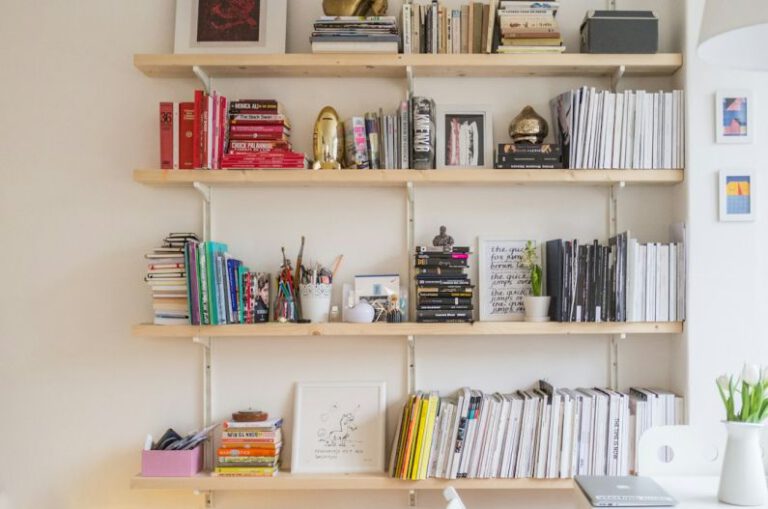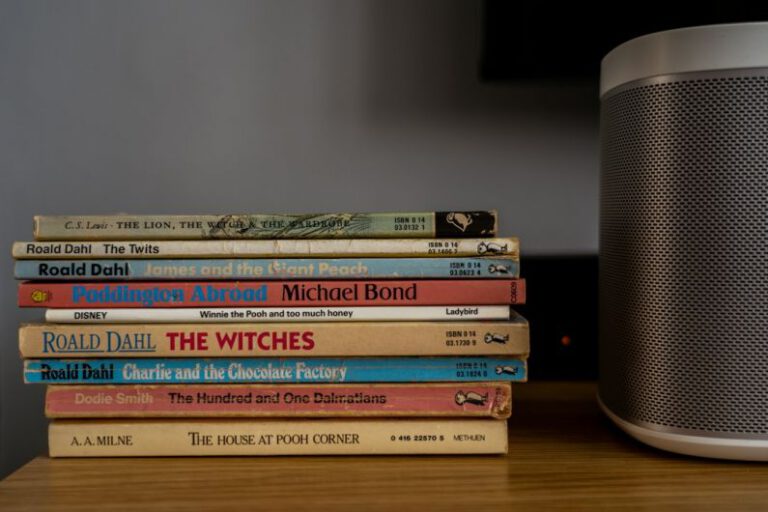Decluttering Your Study: Strategies for Paper Piles
In today’s digital age, it’s easy to assume that paper piles are a thing of the past. However, many of us still find ourselves drowning in a sea of documents, bills, and notes. If your study is cluttered with paper piles, don’t despair! In this article, we will explore effective strategies for decluttering your study and creating an organized space that promotes productivity.
1. Assess the Situation
Before diving into the decluttering process, take a moment to assess the situation. Understand the reasons behind the paper piles and identify any patterns or habits that may be contributing to the clutter. Are you holding onto unnecessary documents? Are you procrastinating on filing important paperwork? By gaining insight into the root causes, you can develop a plan to prevent future paper piles.
2. Categorize and Sort
Once you have assessed the situation, it’s time to tackle the paper piles. Start by categorizing the documents into different groups, such as bills, receipts, important documents, and reference materials. This step will help you gain a better understanding of the type and volume of papers you have accumulated.
Next, sort each category into subcategories. For example, within the bills category, you can further organize them by due date or by type of bill. Use labeled folders, trays, or binders to keep each subcategory separate and easily accessible. This way, you will know exactly where to find a specific document when you need it.
3. Create a Filing System
To maintain an organized study, it’s essential to establish a filing system. Invest in a filing cabinet or use storage boxes to hold your categorized documents. Label each file or box clearly, using a system that makes sense to you. For instance, you can use alphabetical order or color-coded labels for different categories. Regularly review and update your filing system to ensure it remains efficient and clutter-free.
4. Go Digital
In an effort to reduce paper clutter, consider digitizing your documents. Use a scanner or smartphone app to convert physical papers into electronic files. This not only saves space but also allows for easy access and backup. Create folders on your computer or cloud storage to organize your digital documents, mirroring the categories you established for your physical files. Remember to regularly back up your digital files to prevent data loss.
5. Eliminate Unnecessary Documents
One of the key steps in decluttering your study is to eliminate unnecessary documents. Ask yourself if you truly need to keep each paper, and if not, let it go. Shred or recycle documents that contain sensitive information, and donate or discard papers that no longer serve a purpose. Be ruthless in your decision-making process, and remember that letting go of unnecessary papers will create space for more important things in your study.
6. Implement Daily Habits
To prevent future paper piles, it’s crucial to implement daily habits that promote organization. Set aside a few minutes each day to go through any incoming mail or paperwork. Sort, file, or discard them immediately to avoid accumulation. Create a designated space for incoming documents, such as a letter tray or inbox, to keep them organized until you have time to address them. By consistently practicing these habits, you can maintain an organized study and prevent paper clutter from taking over.
Conclusion: A Decluttered Study Breeds Productivity
A cluttered study can hinder productivity and create unnecessary stress. By following these strategies for paper pile decluttering, you can create an organized study that promotes focus and efficiency. Take the time to assess your situation, categorize and sort your documents, establish a filing system, go digital, eliminate unnecessary papers, and implement daily habits. With a decluttered study, you will have a clear mind and a space that inspires productivity and success.






